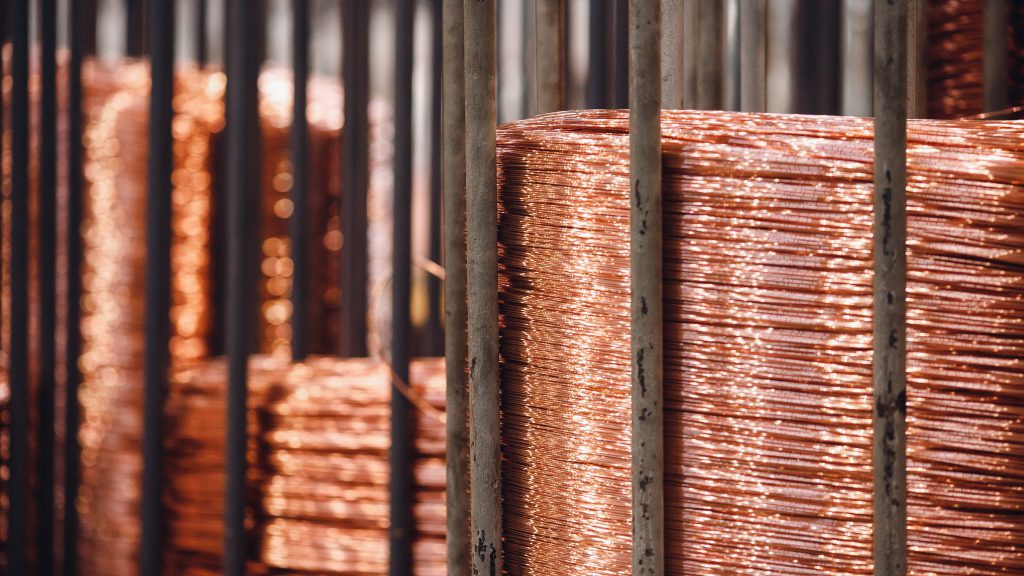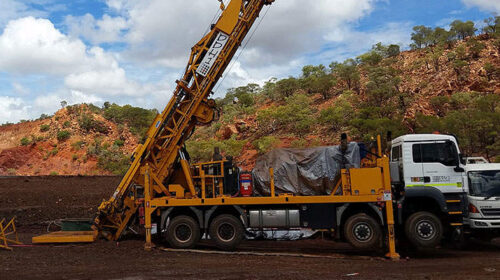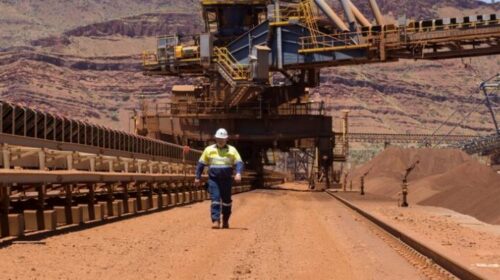Copper industry needs USD 100 million investment to meet global demand
The global copper industry needs to spend more than $100 billion to build mines capable of closing what could be an annual supply shortfall of 4.7 million tonnes by 2030, Erik Heimlich said this week. Head of Base Metals Sourcing at CRU.
Speaking at the CRU 2022 World Copper Conference held in Santiago, Chile, the analyst said the supply shortfall for the next decade is estimated at six million tonnes per year, while as the clean energy and electric vehicle sectors grow.
This means the world would need to build eight projects the size of BHP’s Escondida in Chile, the world’s largest copper mine, over the next eight years. Such a task, Heimlich said, seems questionable – “possible” rather than “probable”, given the larger-scale developments required and the fact that about half of the current projects are new projects.
“Historically, completion rates for these projects have been low. Much of the potential new projects in 2012 remain underdeveloped, so there are questions about the ability to meet the supply shortfall efficiently and quickly,” he said, as reported by the Mining Journal .
Some large copper mines have been commissioned in the past three years. First Quatum’s (TSX:FM) Cobre Panama reached commercial production in September 2019. The asset is estimated at 3.1 billion tonnes of proven and probable reserves and at full capacity can produce over 300,000 tonnes of copper per year.
Ivanhoe Mines began copper concentrate production at its Kamoa-Kakula project in the DRC in May last year, reaching commercial production in July.
Anglo American extracted the first ore from its Quellaveco mine, located in the Moquegua region of Peru, in October 2021. The asset is expected to reach commercial production by mid-2022, generating between 120,000 and 160,000 tonnes of copper this year. , and 300,000 tons per year for the first 10 years at full production.
Pipeline of hopes
As copper projects are in the works, producers fear repeating the oversupply mistakes of past cycles by accelerating plans at a time when mines are becoming much harder and more expensive to build.
Metal prices traded around decade highs, although they fell to $10,410 a tonne on Thursday on concerns about demand from China’s top consumer, which is grappling with the worst resurgence of coronavirus cases. covid-19 since the beginning of 2020.
The latest report from Bank of America (BofA) Global Research confirms CRU’s forecast. The bank’s analysts said visibility on the near-term copper project pipeline is good, but increases in activity “will come with a wrinkle.”
“Many of the projects currently being developed have been in the works for almost three decades, and with relatively limited exploration activity in recent years, supply increases could fade from 2025,” the experts said. .
Some of the new supply for the next decade will potentially come from the Reko Diq field in Pakistan, as Barrick Gold reached a deal last week that ended a long-running dispute with the country’s government.
Alcantara Group’s Tampakan project in the Philippines is also expected to help fill the global supply gap, as is Seabridge Gold’s KSM project in British Columbia, Canada.
Rio Tinto is developing a $6.93 billion underground expansion of the giant Oyu Tolgoi copper-gold mine in Mongolia, which has been plagued by delays and cost overruns. The first production has been postponed several times and is now expected in the first half of 2023.
The market is also closely watching what SolGold is doing with its Alpala copper-gold project on the Cascabel property in Ecuador.
![]()





